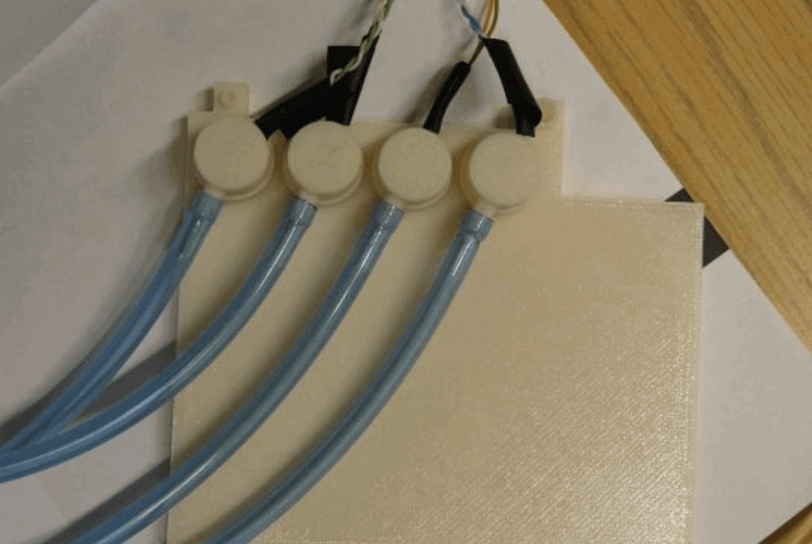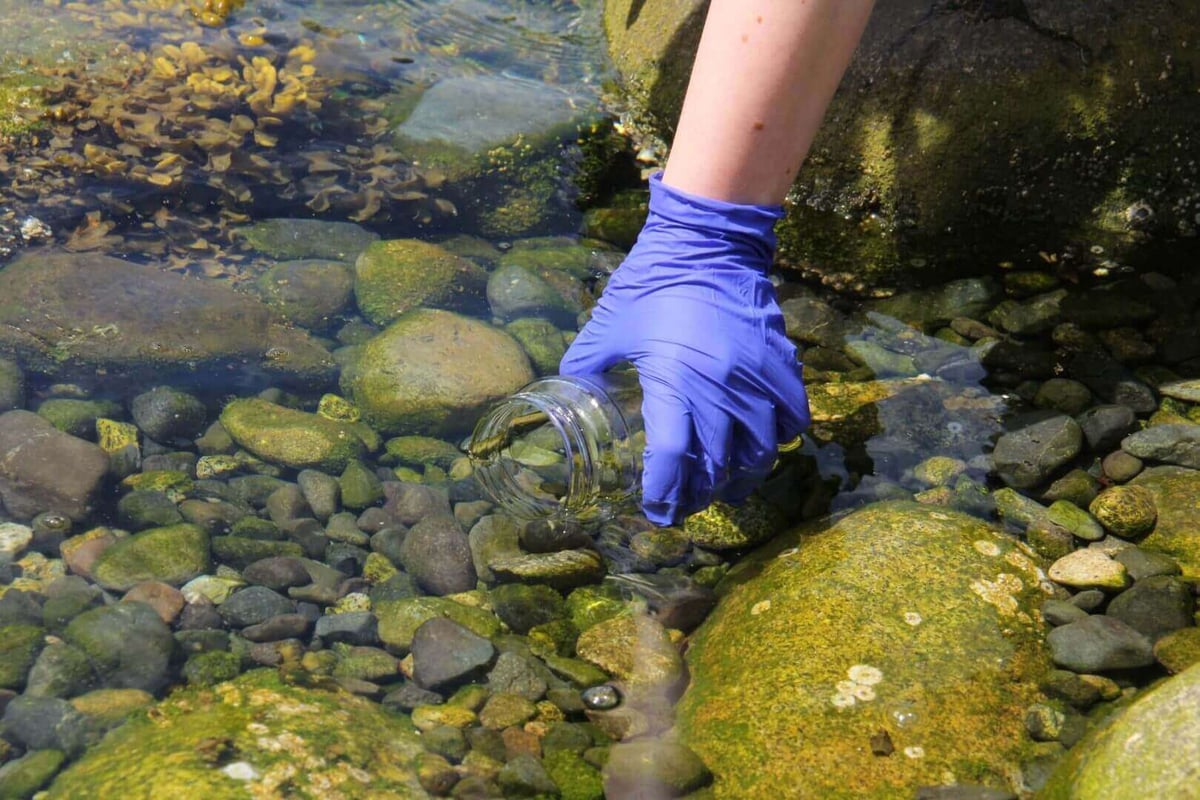Researchers at UBC Okanagan’s school of engineering are developing 3D printed water quality sensors to ensure what we’re drinking is always safe.
Do you take drinking water safety for granted? Although water sources in developed countries are generally reliable, current devices for checking water quality are big and expensive.
However, Mina Hoorfar, director of UBC Okanagan’s school of engineering, and her research team are hoping to change this. At her Advanced Thermo-Fluidic lab at UBC’s Okanagan campus, they’re using 3D printing to improve water sensors.
High water pressure in city pipes currently means that it’s difficult for many water sensors to survive. However, Hoorfar’s team is 3D printing a small sensor which is cheap to make at under $10. The sensors aren‘t only cheap, they are also monitoring real time and they can be easily deployed. Hoorfar hopes that by reducing both the cost and size of water sensors, they can be deployed throughout the city’s water system.
Mina Hoorfar explains:
“Current water safety practice involves only periodic hand testing, which limits sampling frequency and leads to a higher probably of disease outbreak… Traditional water quality sensors have been too expensive and unreliable to use across an entire water system.”

Providing Water Safety in Big Cities
Almost 20 years ago, E.coli bacteria affected drinking water in Walkerton, Ontario. This disaster led to four people dead and hundreds getting sick. However, Hoorfar explains that in the past, all of the outbreaks were due to infrequent monitoring.
Her system, aided by seven years worth of research, provides readings no matter what the temperature or pressure. She explains:
“This highly portable sensor system is capable of constantly measuring several water quality parameters such as turbidity, pH, conductivity, temperature, and residual chlorine, and sending the data to a central system wirelessly… It is a unique and effective technology that can revolutionize the water industry.”
This size of the devices also means it’s easy to place them directly in people’s home or even in airplanes. The sensors them work wirelessly. Hoorfar’s team developed an algorithm which can analyze the data. Better yet, the design means the sensors are independent so if one stops working, the system continues to work.
However, the university only has space for prototyping so Hoorfar is hoping to find investors who can help her increase production. If you want to find out more, Hoorfar’s work was published in MDPI Sensors.
Source: phys.org

License: The text of "Tiny 3D Printed Water Quality Sensors Can Prevent Diseases" by All3DP is licensed under a Creative Commons Attribution 4.0 International License.